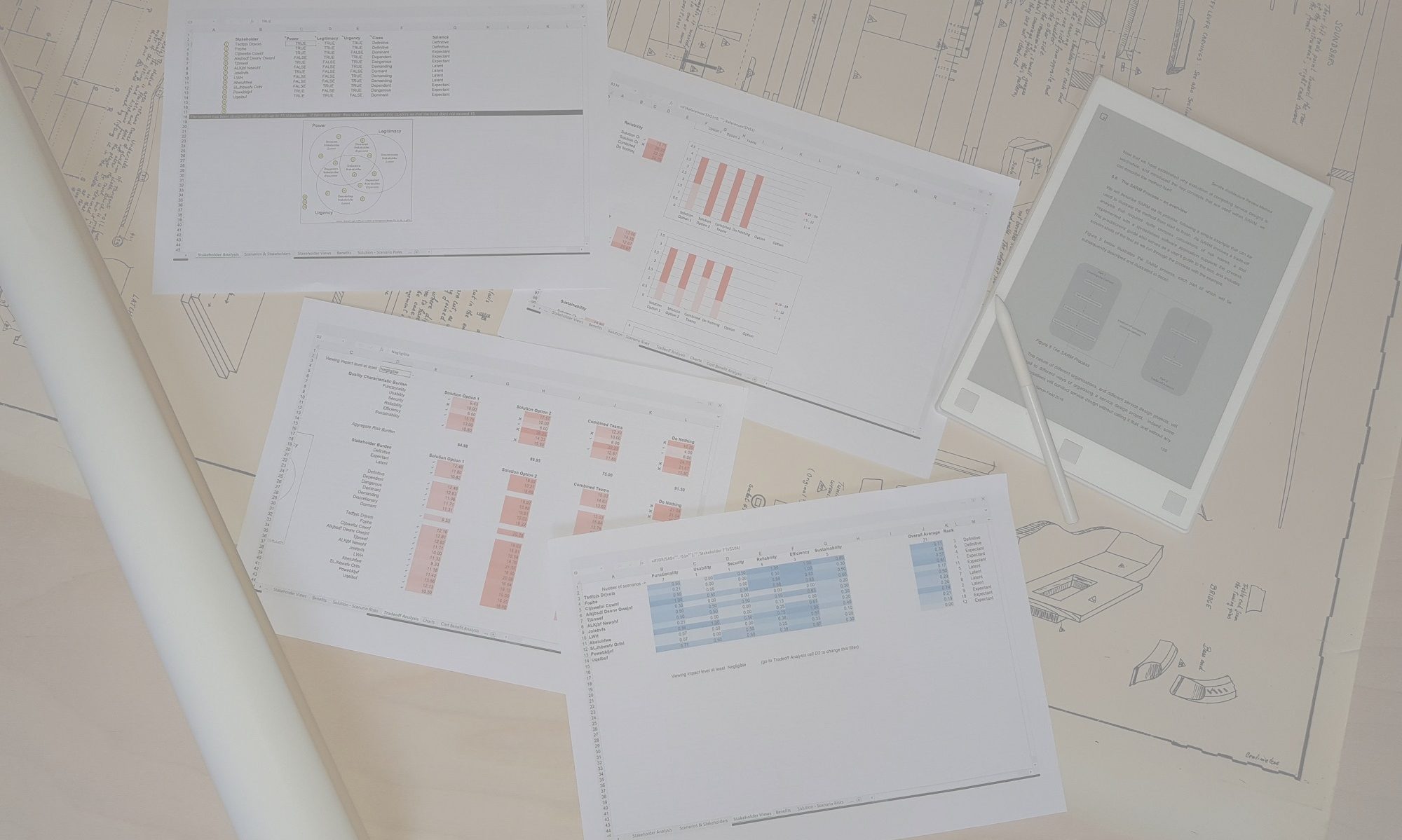The method ensures that the design chosen for implementation is the one best able to satisfy the many, often competing, requirements of the planned solution, taking full account of the perspectives of the different stakeholders involved. It can also be used to analyse a single, existing architecture to highlight strenghts and weaknesses, providing the basis for developing an improvement plan.
Risk trade-off analysis
At the heart of the method is a risk trade-off analysis, in which a review team, composed of solution stakeholders, considers one or more solution design by assessing the extent to which they can satisfy an agreed set of priority quality characteristics. These might, for example, include the efficiency with which the solution can be operated, its usability, reliability and changeability, as well as the more obvious customer-oriented functionality characteristics.
Consider all relevant quality characteristics
The method ensures that all the relevant characteristics are considered early in the solution design process, since some of these may prove very difficult to change after implementation. For example, a solution that was designed purely from a customer-oriented functionality perspective may prove very difficult to adapt to changed circumstances once implemented.
Prioritise competing quality characteristics
The trade-off analysis highlights the inherent conflicts that are typically present across a set of quality characteristics and draws out the different trade-offs between the characteristics encapsulated by competing solution designs. For example, one solution design may offer excellent security, at the cost of taking more time, and being more difficult for customers to understand. For some solutions, where security is important, this might be the most suitable design. For others, a different design might offer a more attractive balance of quality characteristics.
Mitigate risks and understand requirements
The method does not tell the review team which solution design is the best one – that decision has to remain in the hands of those responsible for the solution design. However, it does help the team ensure that all options have been considered from all perspectives. Risk mitigations are more easily identified, requirements and stakeholder perspectives are better understood, and the final decision can be much better articulated as a consequence of conducting such a thorough architecture analysis.
Understand the link between benefits and competing solution options
The optional Cost Benefit analysis allows benefits to be connected to high-level requirements. Several methods of allocating benefits across the requirements are supported, resulting in a financial analysis of solution options that presents the ‘value for money’ of each competing solution option alongside the architectural analysis
Make transparent and objective design decisions
Because the review highlights the relative importance of quality characteristics, alignment of design decisions to organisational goals and strategy can be made explicit, ensuring that decisions are transparent and objective. The results of the review can also provide a useful basis for conducting post-implementation reviews, since the trade-off analysis reveals the review team’s expectations of how the solution will perform with respect to a well-defined set of quality characteristics.

